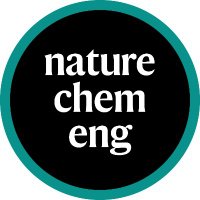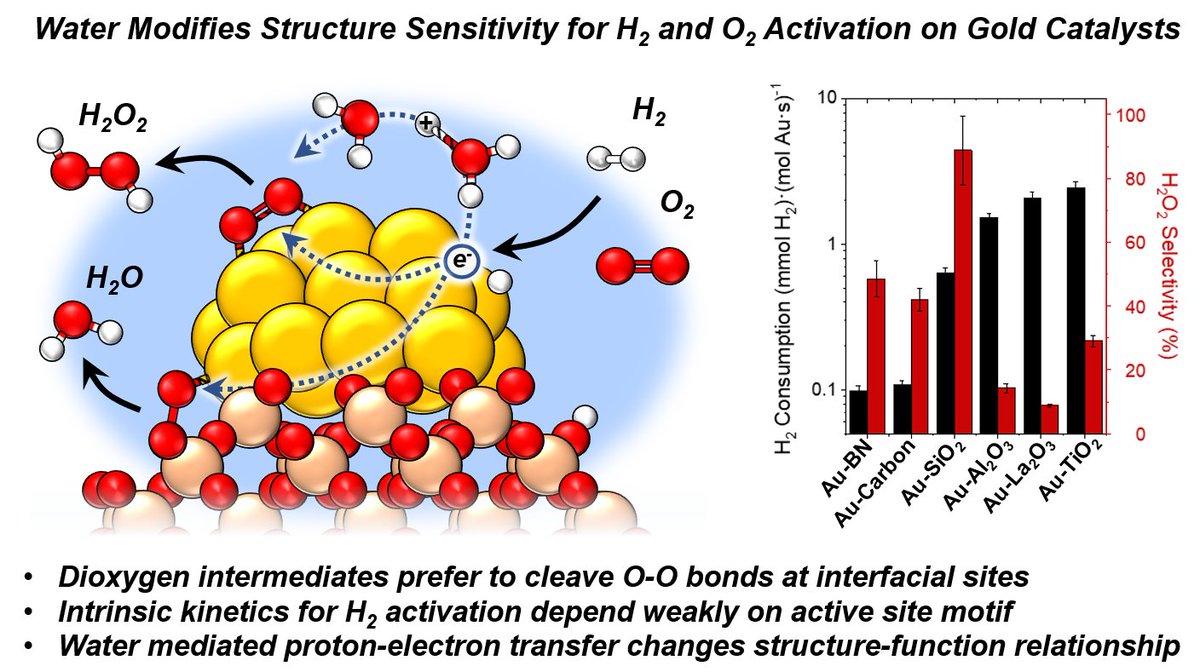
Alex King
@alex_james_king
PhD student in Chemical and Biomolecular Engineering at @UCBerkeley | @NSFGRFP | Photoelectrochemical CO2 reduction | @LiSA_Hub_DOE | @UMichChE ‘19
ID: 1371850074792325128
16-03-2021 15:46:28
229 Tweet
271 Takipçi
236 Takip Edilen

Our new paper from @AisuluAitbekova with the Agapie and Peters groups demonstrates how functionalizing metal nanoparticles on p-type gallium nitride with molecular films improves the selectivity of CO2 photoelectrochemical reduction ☀️Liquid Sunlight Alliance pubs.acs.org/doi/10.1021/ac…

It’s been a wonderful time at the Solar Fuels Gordon Research Conferences catching up on the latest science, and catching up with great friends! @ktluedecke Levi Palmer Colton Sheehan Alex King and our non-Twitter folks (An, Kyra, and Jocelyn)


Now online with free access: A Perspective by Samay Garg, Zhenhua Xie & Jingguang Chen discusses tandem catalytic paradigms for sustainable CO2 conversion, offering several 'best practices' and considerations for tandem processes. Columbia Engineering nature.com/articles/s4428…


I'm super excited to share my work on Au-water-support interfaces on the transformation of H2 and O2 to H2O2 with Flaherty_Catalysis! Check it out at ACS Catalysis! pubs.acs.org/doi/10.1021/ac…


What happens when you operate a solar fuels device outside for an entire year? In this work with Jaramillo Lab Liquid Sunlight Alliance, we combined experiment and computation to model and predict the output of solar-driven CO2 reduction devices. Out in EES now! pubs.rsc.org/en/content/art…


So exciting to see our art on the cover of the fifth issue of Nature Chemical Engineering! Huge shoutout to Francisco Galang for the photography and Samantha Trieu Berkeley Lab for her help with the design of the graphical interface. Another amazing issue with great science! nature.com/natchemeng/vol…


First paper from my postdoc in AdamArkin_Lab up on biorxiv! Here we use barcode DNA sequence and complementation to create a high-throughput protein identification assay. Hopefully useful to others! biorxiv.org/content/10.110… Yolanda Huang

Very excited to share that I will be joining NYU Tandon as an Assistant Professor in the Department of Chemical and Biomolecular Engineering, starting August of 2026! 🏙 🥳 Before then, I will be doing my Postdoc with Karthish Manthiram at Caltech! 🦫



After over a year and a half in review, our paper on asymmetric, graphene-oxide catalyzed bipolar membranes is now published in ACSEnergyLett! These BPMs are exceptionally active and stable, and will play a key role in electro-catalysis and separations. pubs.acs.org/doi/10.1021/ac…


I'm excited to start 2025 by contributing to Jon-Marc A McGregor's publication in Nature Catalysis guided by Joaquin Resasco studying organic cation effects on non-aqueous CO2 reduction! nature.com/articles/s4192…






